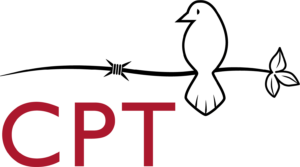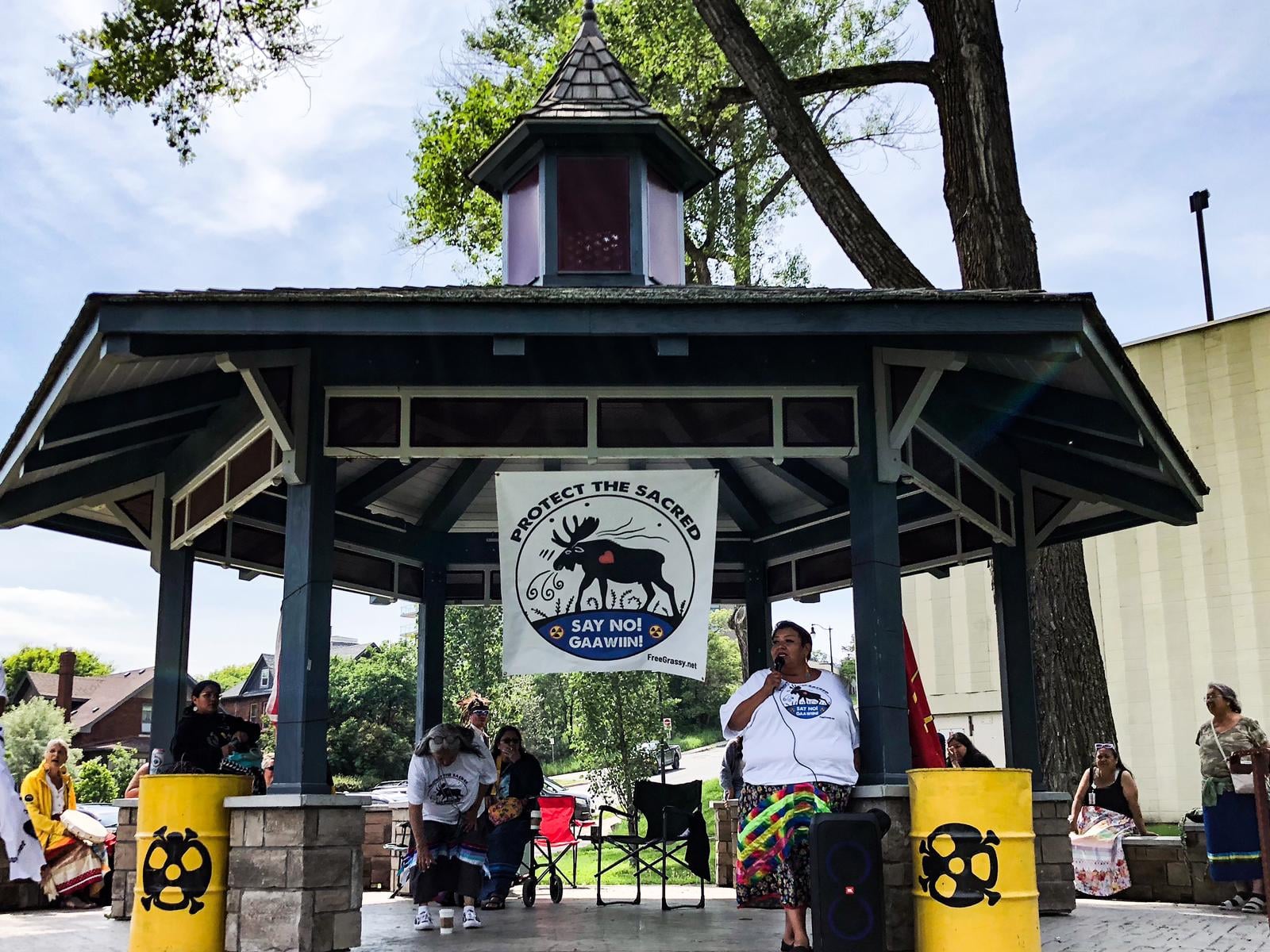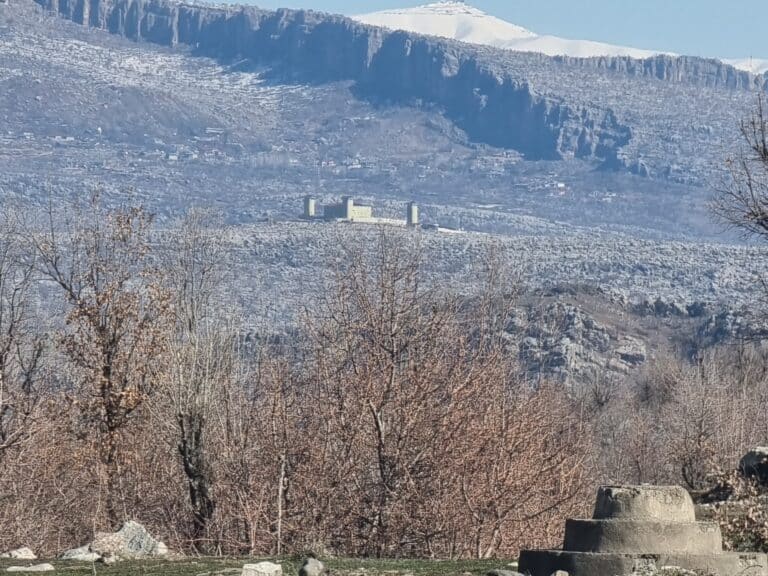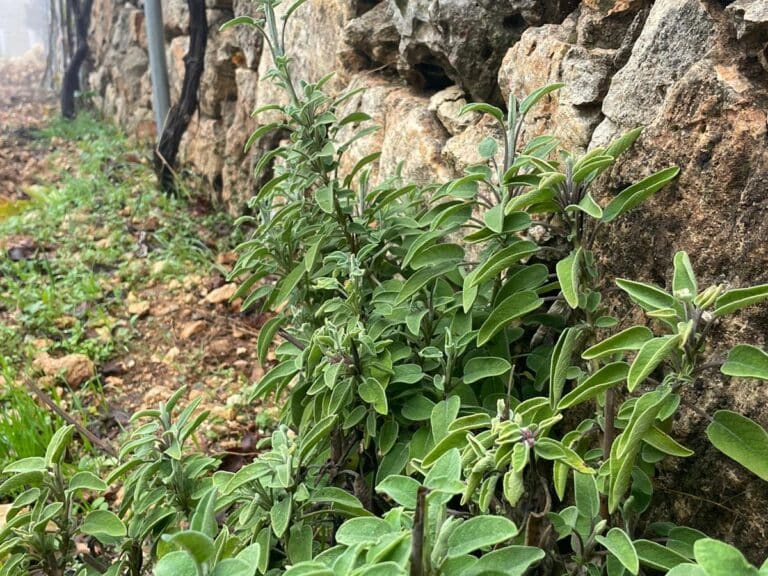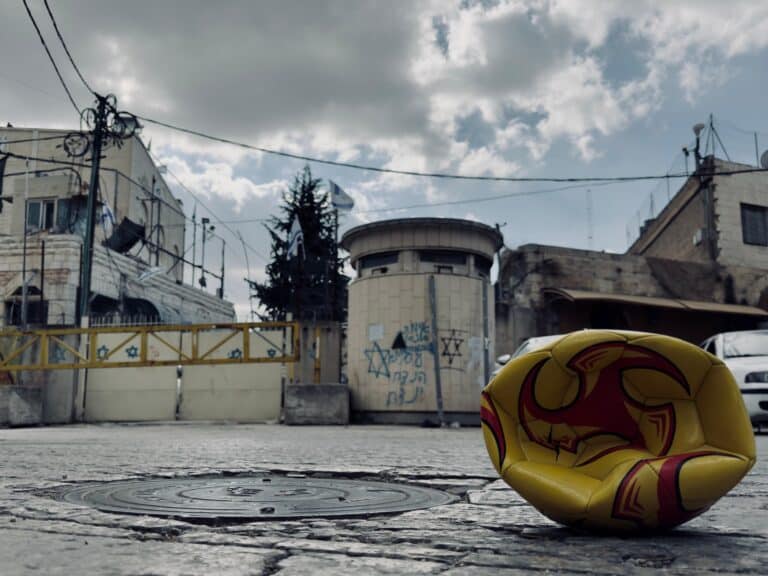In Northern Ontario, on the edge of the Great Lake called Lake Superior in English – Gichigami (Great Sea) or Anishinaabewi-gichigami (the Anishinaabe people’s Great Sea) in Anishinaabemowin – just over 100,000 people call the city of Thunder Bay home. Thunder Bay has a reputation in Canada for being a site of colonial and racial violence, with the country’s highest rate of murders of Indigenous people. In an infamous case in 2017, an 18-year-old white settler, Brayden Bushby, killed Barbara Kentner, an Indigenous woman, by throwing a trailer hitch at her from a moving vehicle. Kentner died the same day as the funeral for Marlan Chookomolin, a 25-year-old Indigenous man who was found fatally beaten on a trail in the north end of the city; no one was charged in his death. Police initially only charged Bushby with aggravated assault. After months of advocacy by Indigenous leaders, the charge against Bushby was upgraded to second-degree murder, but was later downgraded to manslaughter. This outcome was met with anger and protests in Indigenous communities in Thunder Bay and the wider region.
Yet while Thunder Bay is a site of colonial violence and oppression, it is also a site of Indigenous resistance. On 4 July, in this small city, members of Asubpeeschoseewagong Anishinabek (Grassy Narrows First Nation) and surrounding Indigenous communities led more than 400 people in a march to demand that no nuclear waste be dumped in Treaty 3 territory. The march followed an evening of community building with a film screening, discussion, and an art build to support the protest.
Why Grassy Narrows says “NO” to nuclear waste
Canada’s nuclear power industry has been producing highly radioactive nuclear waste for decades. Looking for an easy solution to abandon the waste, the Nuclear Waste Management Organization (NWMO) has proposed burying it in northwestern Ontario, far from the densely populated region of southern Ontario where most of Canada’s nuclear reactors are located. Their proposed site is between the towns of Dryden and Ignace, upstream from many Indigenous communities, including Grassy Narrows. The NWMO hopes to ship and bury over 132,000 tons of nuclear waste in Treaty 3 territory. This “out of sight, out of mind” approach could have disastrous effects not only for Indigenous communities, but for all communities that live along the shipping route.
Most of this nuclear waste would be coming from eastern Canada and would be transported either by rail or by highway. What will happen when a train derails carrying highly radioactive waste? What will happen when a transport truck gets in an accident? Further questions remain about what will happen once it is buried. When will the containers begin to erode and seep into the land and the water? While we hope that these things will not happen, and that the waste would be closely monitored to prevent – or at least quickly detect – incidents, the 60 years of continued mercury poisoning experienced by the people of Grassy Narrows does not set an optimistic precedent.
Commitment to resistance
Both Ontario’s provincial and federal governments are expediting legislation – Ontario’s Bill 5 and federal Bill C-5 – that prioritizes accelerated economic development at the expense of Indigenous sovereignty and the environmental health of Indigenous communities. It is clear that government and industry see Indigenous homelands not as vital ecosystems, but as resources to be extracted and wastelands for dumping toxic waste. Communities like Grassy Narrows continue to take a stand and say “NO”. While the government treats Indigenous lands as commodities, and Indigenous people on that land as expendable, Indigenous leaders and communities have vowed to resist.
Members of Community Peacemaker Teams are honoured to stand alongside these communities. On 4 July 2025, members of CPT joined the march in Thunder Bay to echo “NO” to nuclear waste being dumped in Treaty 3.
